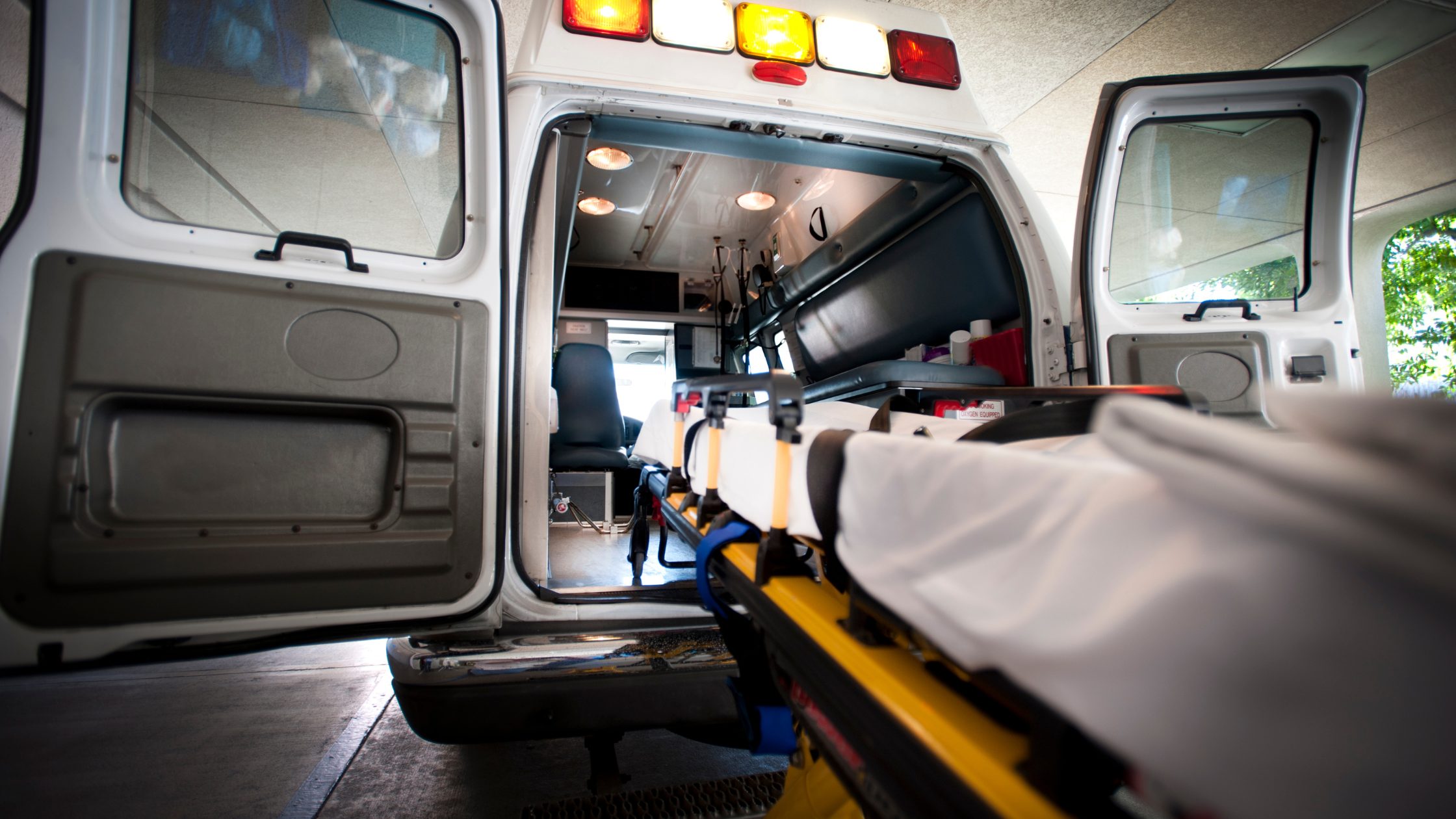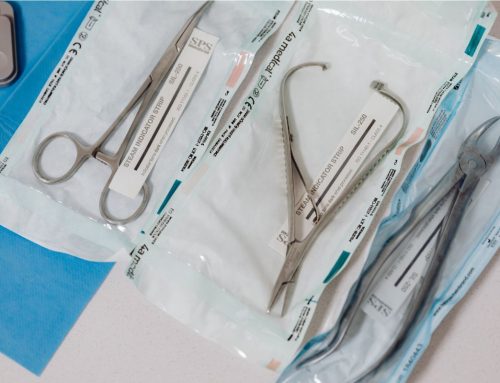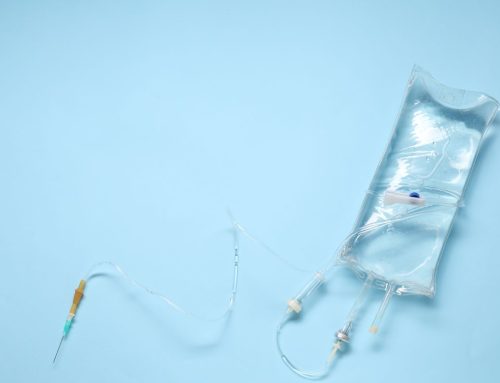Although the words “gurney” and “stretcher” are sometimes used interchangeably, they differ from each other. Stretchers are portable and tend to be used in emergency situations, such as on battlefields and in wilderness search-and-rescue operations. However, a gurney is fitted with wheels and can be moved by a single person. It’s a medical transport device with a variable, height-adjustable, wheeled metal frame used in emergency medical services (EMS), hospitals, and medical facilities. The purpose of a gurney is to transport patients who require medical care and cannot walk or sit comfortably. Gurneys are also often used as hospital beds in settings where patients may need to be moved around.
Advancements in Patient Transportation
So, how have gurneys and stretchers changed over the years? The first record of stretcher use dates back to 14thcentury France. A manuscript written in AD 1380 describes a wicker frame used as a stretcher-like bed. Early evidence shows mountain rescue efforts pioneered the use of medical stretchers, followed by their use in early 1900 war zones. The earliest modern medical stretcher was financed and developed by the Red Cross and St. John Ambulance Association. Issues such as neck stability, sturdy strapping, and the ability to easily load into an ambulance became essential factors in developing stretchers.
Gurneys showed up around the time horse-drawn wagons gave way to early trucks to transport patients and bodies. The earliest “ambulance cot” was manufactured in Cleveland, Ohio, by the Bomgardner Manufacturing Company, founded in 1898, which also produced various funeral supply products. Joseph Bomgardner pioneered the four-swivel-wheel stretcher in about 1910. He later refined it by adding an adjustable backrest and a drop foot that turned it into a chair cot. It was built from a 1 ¼” steel tubing frame with a canvas-type bottom connected to the frame with small springs. Side rails were added in about 1920 to retain the dead or unconscious patient on the cot.
Modern Gurneys and Stretchers
Modern gurneys and emergency transport stretchers are a significant improvement over the original devices. They are designed to focus on caregiver maneuverability and patient comfort and deliver a much higher level of treatment with easier operability. Hydraulically-equipped stretchers allow caregivers to move patients with less strain and risk of physical injuries. A powered 5th wheel helps improve mobility for heavier patients and smaller medical staff. Meanwhile, 360-degree outer caster wheels with linear brakes ensure full mobility and directional movement.
Simple controls and reliable material construction ensure long-lasting use with no strain to the operator. Rubber and plastic play a huge role in achieving this, with adjustable headrests, positioning support pads, framework, and grips that reduce the weight while making the gurney more comfortable to handle. Antibacterial and waterproof mattresses are easy to clean and support medical hygiene standards.
Processes Used in Manufacturing Modern Gurneys and Stretchers
At Midwest Rubber Company, we take pride in producing multiple components used in manufacturing modern medical gurneys and stretchers. Dip molding and PVC casting are often employed in creating handles, grips, and wheel casings. Urethane molding is ideal for the production of cushions and other positioning devices. Polypropylene and neoprene may be used to manufacture patient straps or neck and limb braces.
For more information on rubber solutions for custom medical devices, please contact us at 810.376.2085.



